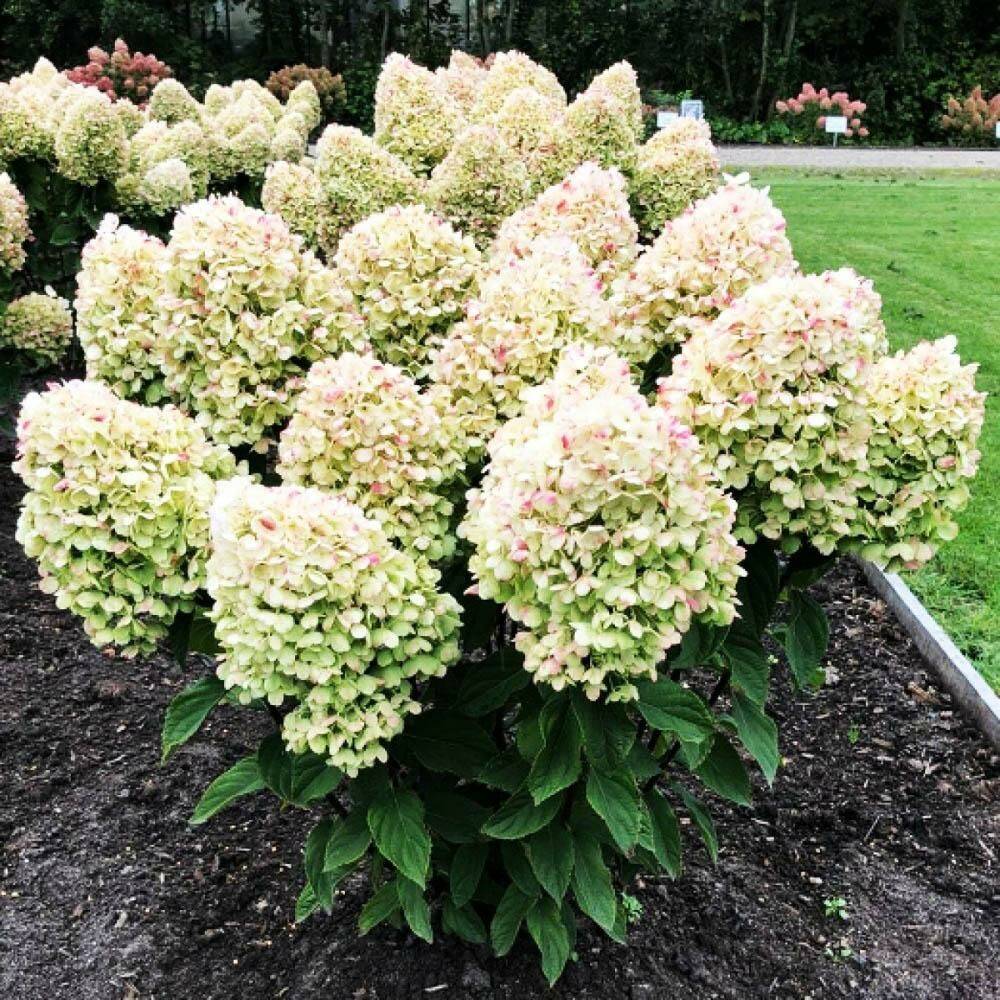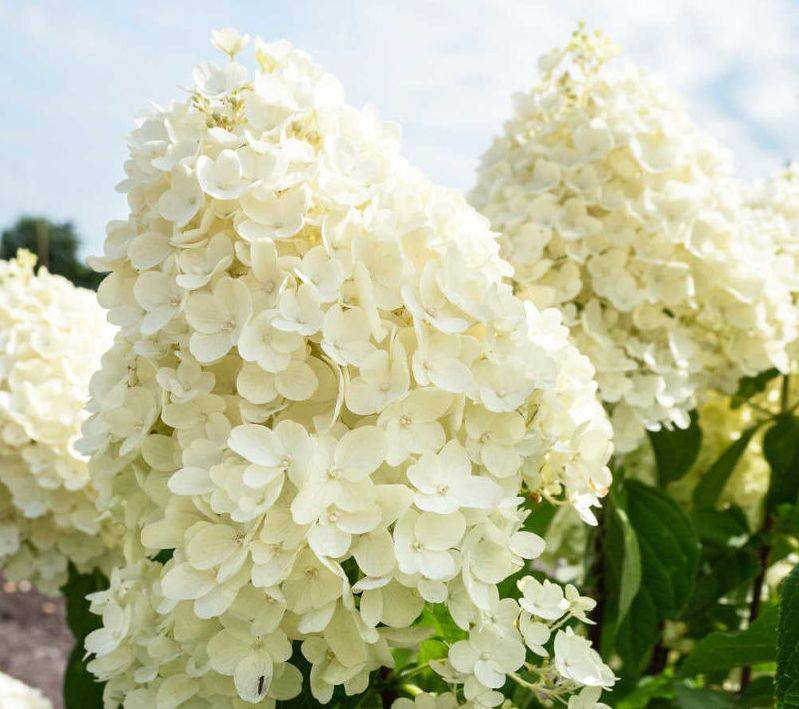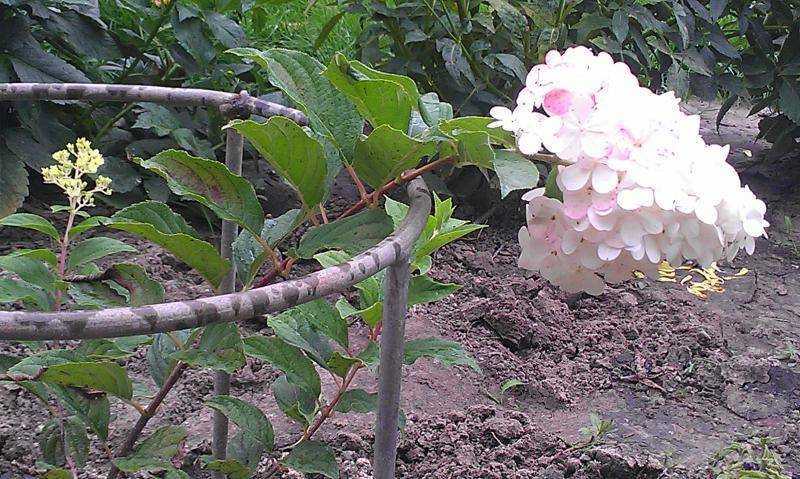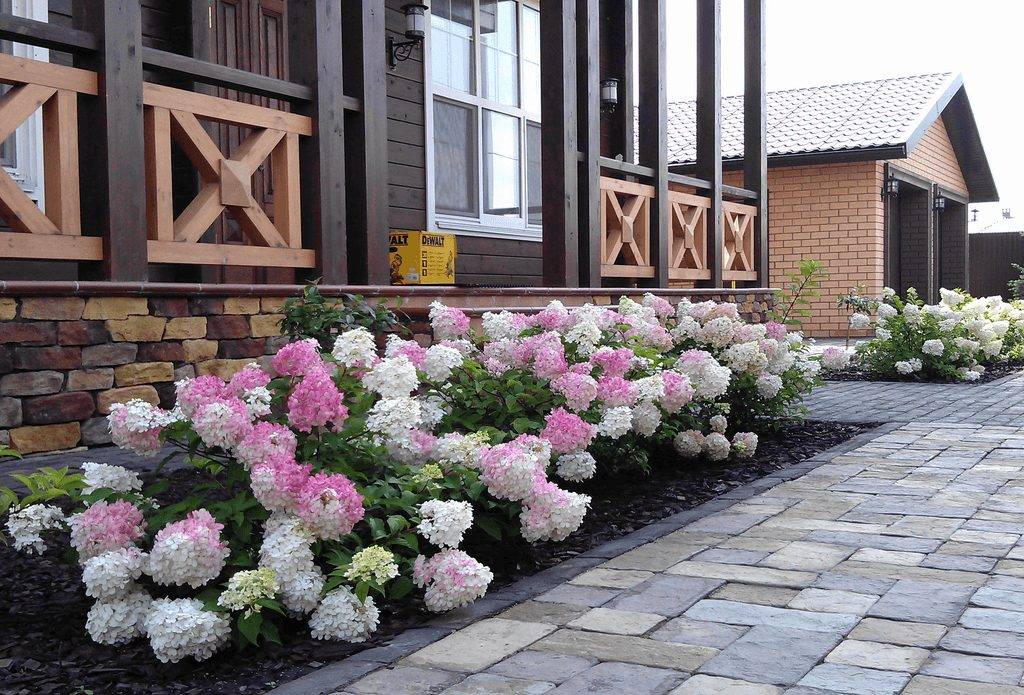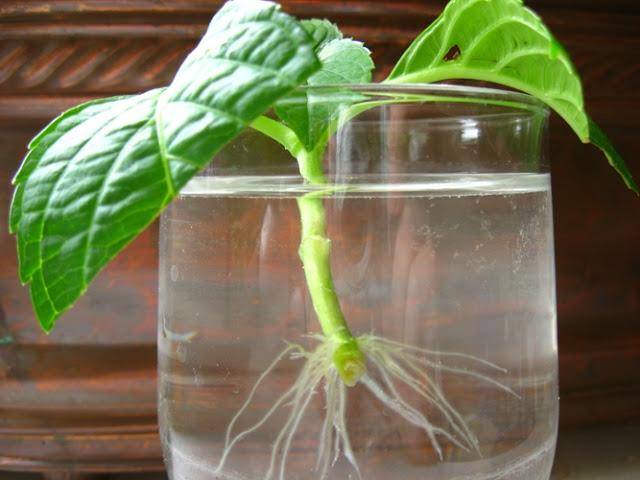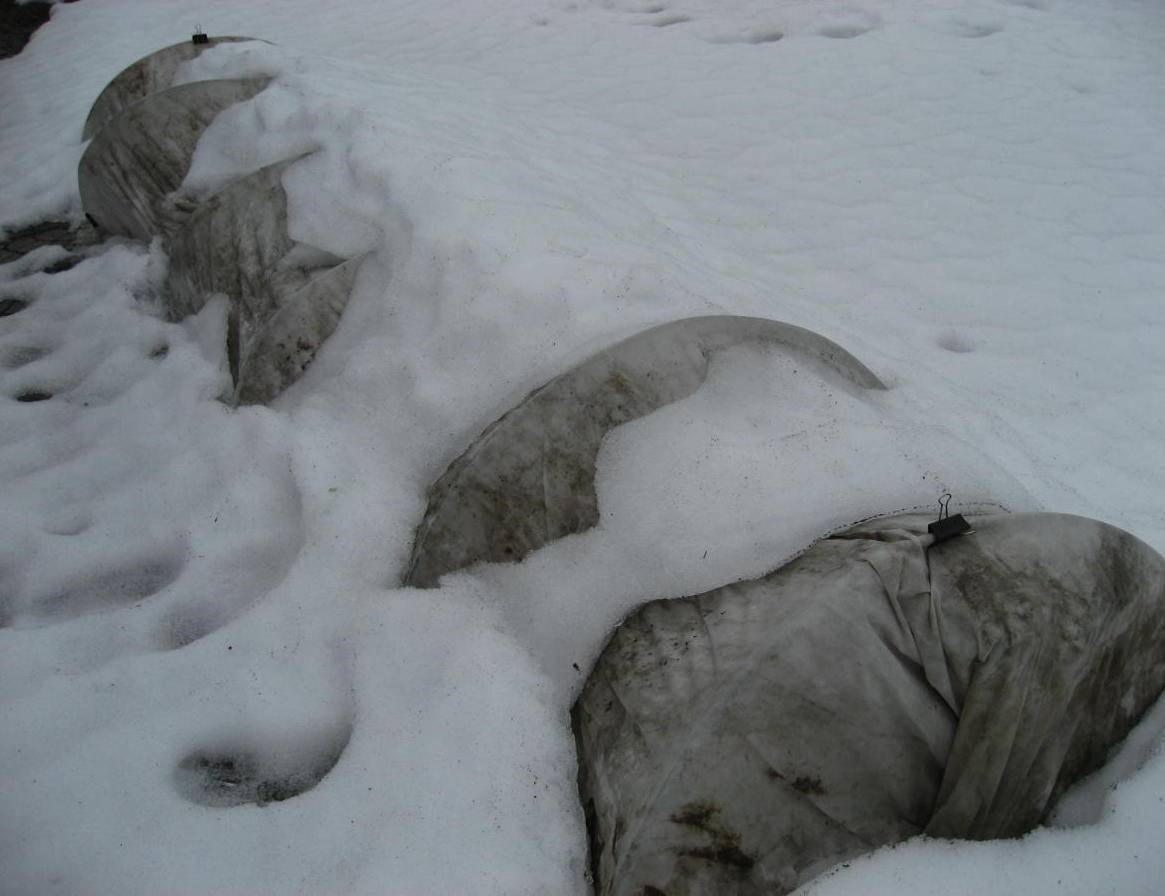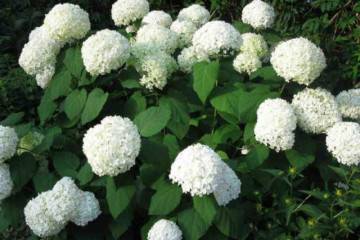Hydrangea Summer Snow (Summer Snow) - description
Content:
Hydrangea Summer Snow belongs to the class of perennial shrubs with a spreading crown and large white inflorescences. If you take care of her properly, she will be able to delight her with her beauty throughout the summer, and in some cases it will last until October. Due to the fact that the Summer Snow hydrangea belongs to a frost-resistant variety, it can be grown in many regions of Russia.
Description of hydrangea variety Summer Snow
The main distinguishing characteristic of this variety is the flowering time: from the end of June to the beginning of October. With proper care, the plant can grow to a height of over 3 meters.
Large dark green leaves with pointed ends have a matte surface, which is why a bush with snow-white flowers against the background of foliage looks like it is sprinkled with snow. Due to this property, this plant variety was named Summer Snow, which means "summer snow" when translated.
The inflorescences are shaped like a pyramid. They have a round top and bloom for the first time in the middle of summer. Usually at the first flowering the bud is snow-white in color. On the second bloom, after about three weeks, the color turns pale pink. It blooms for the third time after the same period of time, and the inflorescence acquires a bright pink color.
Transplanting hydrangeas into open ground
The transplant process depends on what time of the year it is done. If you plant a flower in mid-spring, then the soil should be warmed up to at least 10 degrees. Then it will be easy for hydrangeas to form a root system during summer and autumn.
When planting a plant in the fall, you must simultaneously prepare it for winter. The bush has underdeveloped roots, so it is necessary to carefully cover it from frost.
When transplanting a hydrangea, it must be remembered that it does not like alkaline and calcareous soil. For planting, you can prepare the soil mixture yourself:
- Take humus and leafy ground in equal proportions, 2 parts each.
- Add one part of sand and peat there.
- Pour everything into the hole prepared for planting.
Then be sure to water. Then provide constant moisture throughout the hot season. In addition, as soon as the hydrangea is planted, it must be tied up, for this you need to prepare a support, preferably metal.
Seat selection
When choosing a place, it should be borne in mind that hydrangea loves light. In addition, it is quite high. A place under the fence or near the walls of the house is perfect so that the light falls on the bush not all daylight hours or is diffused.
Hydrangea is a perennial plant, and over time it can take up a large area, therefore, to plant a hole, you need to dig at a distance of at least a meter from other flowers. And in no case should you plant a bush under the trees, otherwise the shadow will not allow inflorescences to form.
The whole planting process can be divided into sequential steps:
- Dig a hole.
- Pour about 2 liters of water into it and leave for a day, then the soil can be well saturated.
- Mix no more than 50 grams of superphosphates into the soil mixture.
- Dig a peg into the bottom of the hole.
- Gently, without damaging the roots, lower the hydrangea into the hole and sprinkle with earth.
Water immediately after planting and tie the plant to a support.
Breeding methods for Summer Snow hydrangea
Each hydrangea variety is easy to multiply. After the first bush has appeared on the site, it will not be difficult to spread it further. There are three breeding options:
- cuttings,
- growing from layering,
- dividing the bush.
Cuttings
The period when it is best to prepare cuttings is autumn and Vienna. Until the moment the bush begins to pick up buds, it is carefully pruned. Thus, they give it a beautiful appearance and obtain breeding material.
For reproduction, the upper shoots, which have petals, are suitable. A cut is made at an angle of 45 degrees, then the lower part is removed, and the upper part is shortened. On the top, you need to leave only half of the sheet plate.
To make the bush root faster, use special formulations. Epin's solution is one of the best for this purpose. Then you can start rooting, which is done either in soil or in water.
Description:
- Rooting in the soil. It is necessary to fill the container with soil and bury the cuttings in it to the level at which the leaves were cut. Now it is important to create a steam effect by covering the container with plastic and glass. Within a month, the roots will sprout.
- Rooting in water. The process is a little faster, about two weeks. Cuttings are cut in the same way and immersed in water.
After successful germination, the hydrangea is planted in a pot and cared for until next year.
Layers
The method of growing from cuttings is more common. In early spring, until the buds begin to bloom, the lower shoots must be bent to the ground and buried at a depth of at least two meters. You can secure the layering with a piece of copper wire.
With this method, it is important to ensure constant humidity. If everything is done correctly, then by the beginning of autumn young growth will already appear. As soon as it reaches a size of at least 20 cm, it must be transplanted to a permanent place and prepared for winter.
By dividing
The division method is also carried out in the spring, before the buds appear. The bush must be dug out to extract the root system. After that, the roots are carefully divided into parts so as not to damage them, and each part is planted in a new place.
Proper care of Summer Snow hydrangea
There are not so many special rules for caring for the plant, but they should be carefully followed, otherwise the bush will begin to choke itself with new branches, and the flowers will not be lush and large.
Watering
For proper care, watering the plant is necessary at least once a week. At the same time, at least 30 liters of water are needed per 1 square meter. It is important to monitor the condition of the soil, it must always be moistened. In arid and hot areas, watering should be done as the soil dries.
Top dressing
After each additional feeding, the bush begins to grow faster, so feeding for Summer Snow is very important. After the first blossoming buds appear, the soil must be fertilized with a complex composition. When the first buds appear, superphosphate and sulfuric potassium must be added to the soil. Until the beginning of autumn, such procedures must be repeated twice more.
Leaving during flowering
This hydrangea variety has large buds. As they bloom, branches can bend under the weight of the flowers.To prevent this, you can install props or tie the branches in bunches.
Resting care
When the plant has faded, all the buds must be carefully cut with pruning shears. Together with this, shoots that are damaged or growing inward are pruned.
In the autumn, after all the foliage has crumbled, it is recommended to carry out strengthening watering. To do this, at least 4 buckets of water are poured under each bush. This strengthens the roots.
Proper preparation for winter
This hydrangea variety is a novelty, as a result of which a certain climatic level has been established for it. Such frames enable the plant to withstand temperatures up to -35 degrees without damage. However, this rule applies only to mature plants.
Young shrubs, not older than two years, must be sprinkled with a layer of mulch. After the snow falls, it is better to cover the plant with a large snowdrift.
Of all types of panicle hydrangeas, Summer Snow is considered the most spectacular. Due to its bright fragrant bloom, it attracts many bees, and the garden begins to resemble a real piece of paradise. Ease of care, ease of reproduction and winter hardiness are the main advantages of the variety, for which it is so fond of gardeners all over the world.
